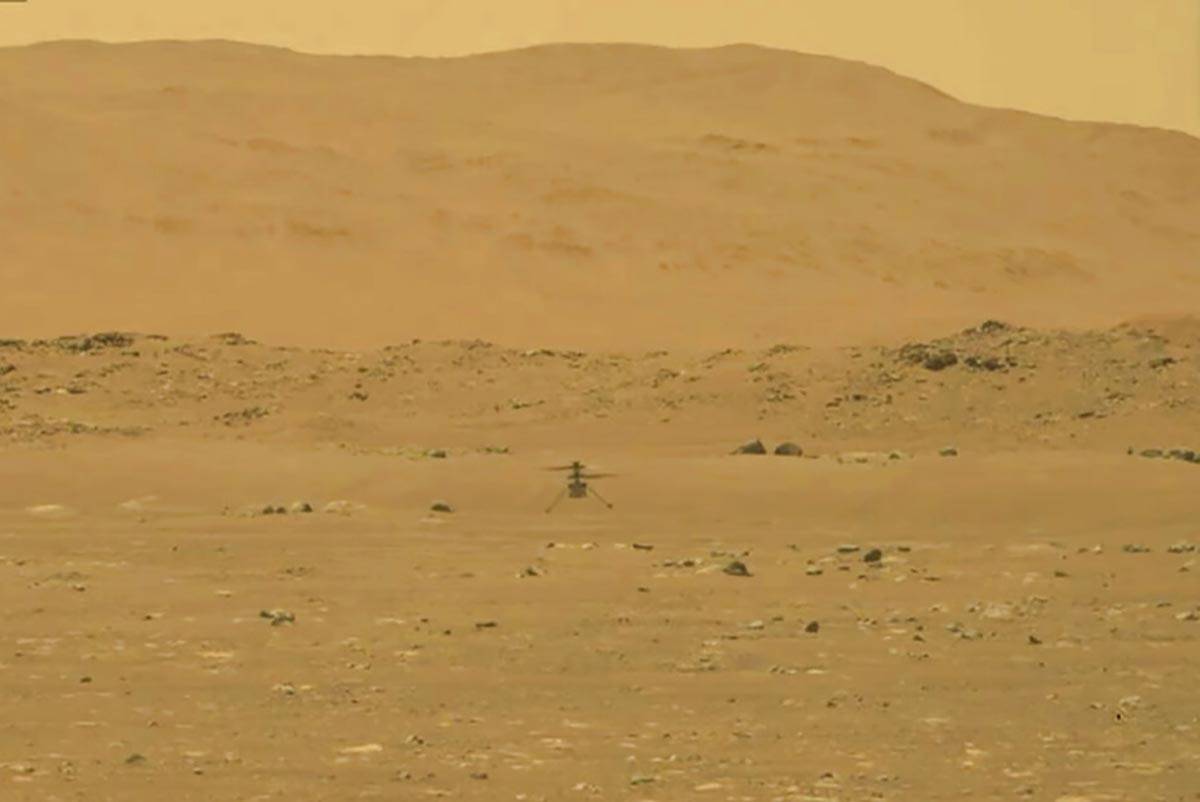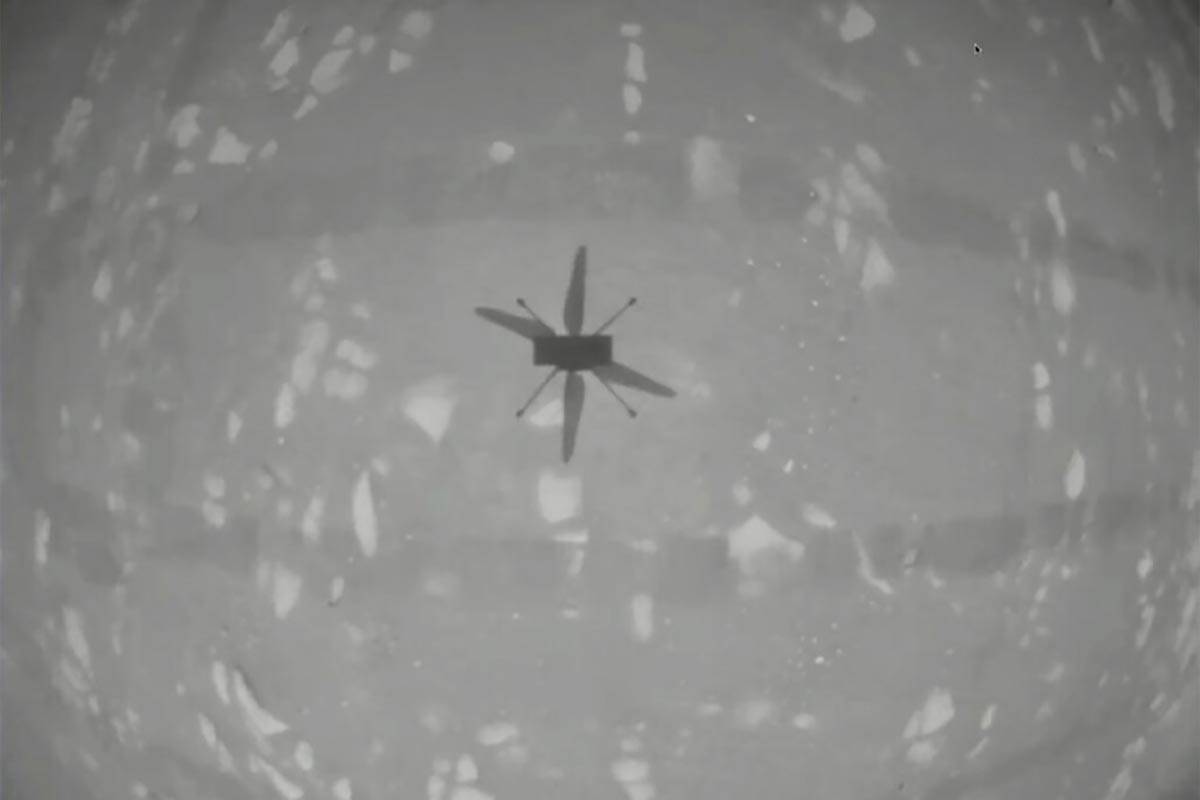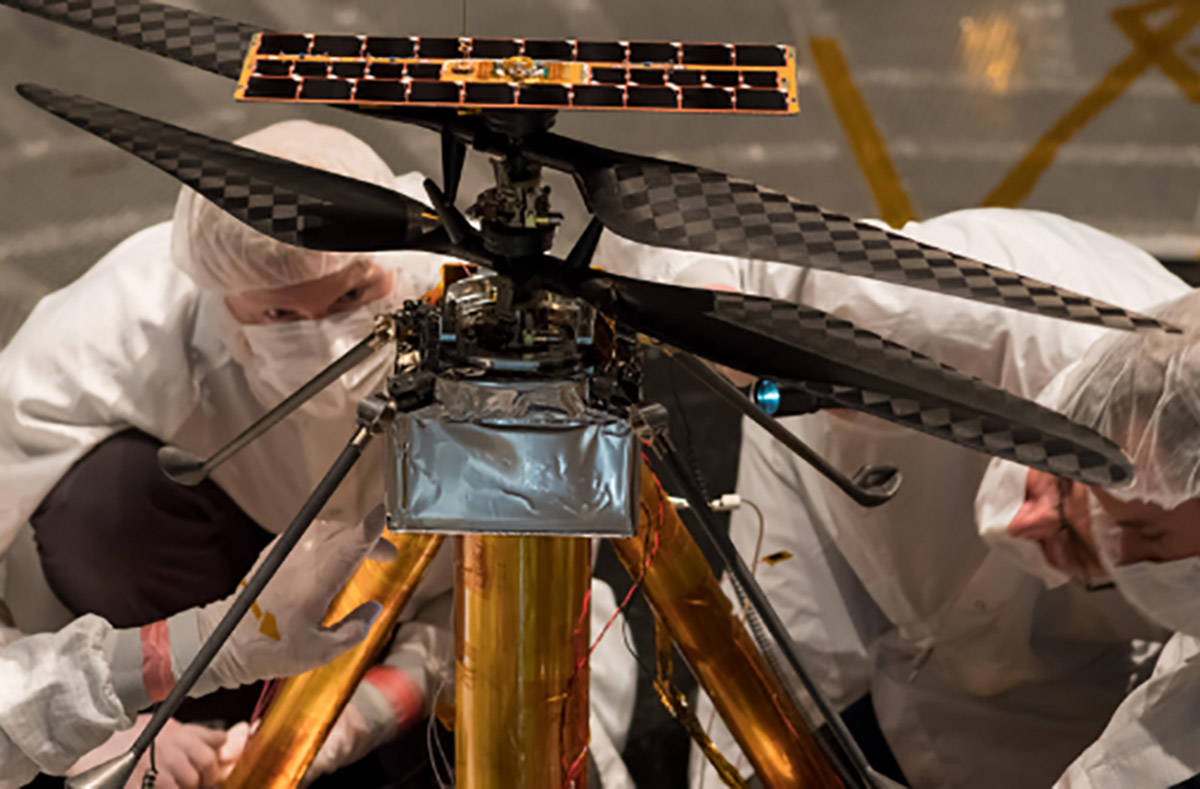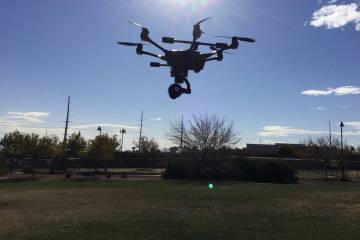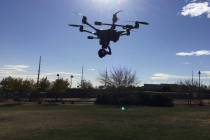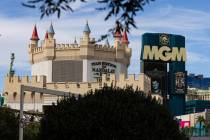Ingenuity’s Mars flight another aviation first: 7 things to know
Carrying a small piece of fabric from the first aircraft to attain flight in 1903 at Kitty Hawk, North Carolina, the helicopter Ingenuity flew on Mars Monday morning, the first powered and controlled flight on another planet.
Here are seven key things to know about the 4-pound helicopter, according to the NASA Jet Propulsion Laboratory at the California Institute of Technology:
1. It was an experimental flight test
Ingenuity is what is known as a technology demonstration – a project that seeks to test a new capability for the first time, with limited scope. Previous groundbreaking technology demonstrations include the Mars Pathfinder rover, Sojourner, and the Mars Cube One (MarCO) CubeSats that flew by Mars in 2018.
The helicopter did not carry science instruments and was a ride-along on the Mars 2020 Perseverance mission. It’s solo objective was to demonstrate rotorcraft flight in the extremely thin atmosphere of Mars.
2. A feat with a high degree of difficulty
Mars has extremely coldtemperatures, with nights as cold as minus 130 degrees Fahrenheit at Jezero Crater. These temperatures were expected to test the original design limits of the off-the-shelf parts used in Ingenuity.
Mars has a rarefied atmosphere — just about 1 percent of the density of Earth’s atmosphere. Because of that, Ingenuity was designed to be light and features rotor blades that are much larger and spin much faster than what would be required for a helicopter of Ingenuity’s mass on Earth. Mars does give the helicopter a little help: The gravity there is only about one-third that of Earth’s. That means slightly more mass can be lifted at a given spin rate.
3. Ingenuity relied on Perseverance for safe passage to Mars
Ingenuity was nestled up sideways under the belly of the Perseverance rover, with a cover to protect it from the debris kicked up during landing. Both the rover and the helicopter were safely ensconced inside a clamshell-like entry capsule during the 293-million-mile journey to Mars. The power system on the Mars 2020 spacecraft periodically charged Ingenuity’s batteries on the way there.
4. Ingenuity is smart for a small robot
The helicopter’s flight controllers at JPL weren’t able to control the helicopter with a joystick or look at engineering data or images from any flight. That will come with time because of the delay of getting data sent back over 293 million miles.
Therefore, Ingenuity had to make some of its own decisions, based on parameters set by its engineers on Earth.
Ingenuity has a kind of programmable thermostat, for instance, that keeps it warm on Mars. During flight, Ingenuity uses sensor data and images of the terrain to ensure it stays on the flight path programmed by engineers.
5. Ingenuity has already demonstrated feats of engineering
Humankind took centuries and a lot of trial and error to figure out how to fly planes and helicopters on Earth.
In careful steps over six years, engineers on the Ingenuity team were able to demonstrate that it was possible to build something ultra-lightweight that could generate enough lift in Mars’ thin atmosphere to take off from the ground, and that could operate and survive autonomously in the challenging Martian environment. These accomplishments have already pushed the boundaries of flight.
Ingenuity has survived the dynamic environment around launch and proved it can charge its off-the-shelf batteries in space. Flying over the surface of Mars confirms results from flight tests performed in special space simulation chambers and provide insights into operating a helicopter on Mars.
6. The team counts success one step at a time
Given Ingenuity’s experimental nature, the team had a long list of milestones the helicopter to pass before it could take off and land Monday. The team will celebrate each milestone:
— Surviving the cruise to Mars and landing on the Red Planet.
— Safely deploying to the surface from the belly of the Perseverance rover.
— Autonomously keeping warm through the intensely cold Martian nights.
— Autonomously charging itself with its solar panel.
— Successfully communicating to and from the helicopter via the Mars Helicopter Base Station on the rover.
7. Future Mars missions could include an ambitious aerial dimension
Ingenuity was intended to demonstrate technologies needed for flying in the Martian atmosphere. Such technologies could enable other advanced flying vehicles to be part of future robotic and human missions to Mars. Possible uses of a future helicopter on Mars include offering a unique viewpoint not provided by orbiters high overhead, or by rovers and landers on the ground; high-definition images and reconnaissance for robots or humans; and access to terrain that is difficult for rovers to reach. A future helicopter could even help carry light but vital payloads from one site to another.
Contact Marvin Clemons at mclemons@reviewjournal.com. Follow @Marv_in_Vegas on Twitter.



